End-of-Season Care for a Wildflower Meadow: A Guide for Year One

As your first-season wildflower meadow comes to an end, now is the perfect time to carry out some essential maintenance to ensure a vibrant and healthy display next year. Whether your meadow features ornamental favourites like cornflowers and oxeye daisies or a wider mix, late summer care plays a vital role in long-term success.
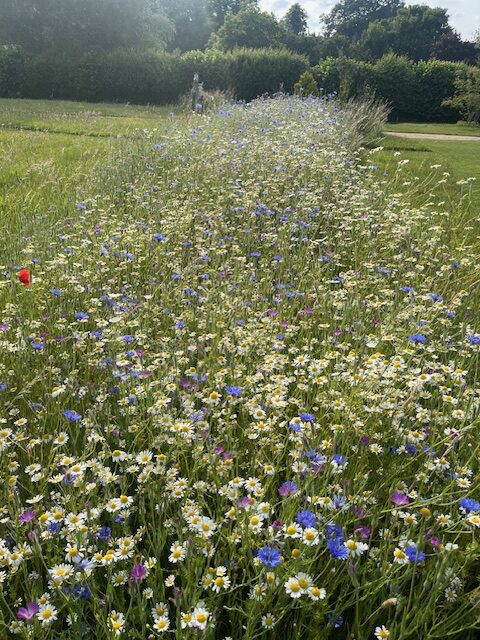
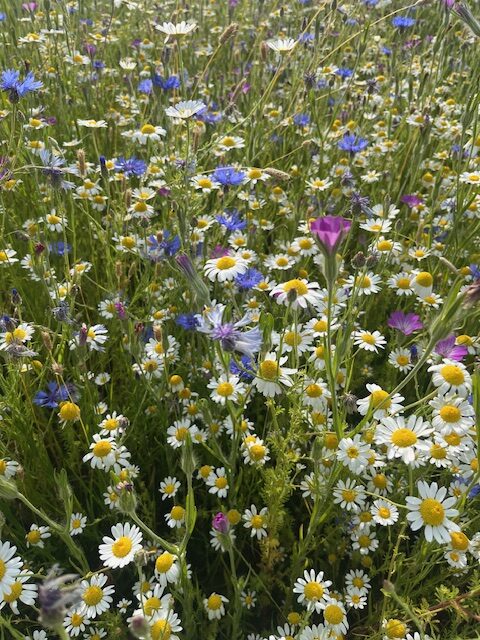
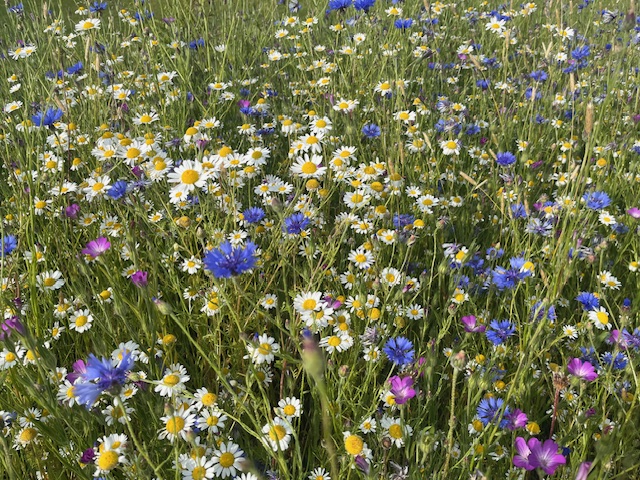
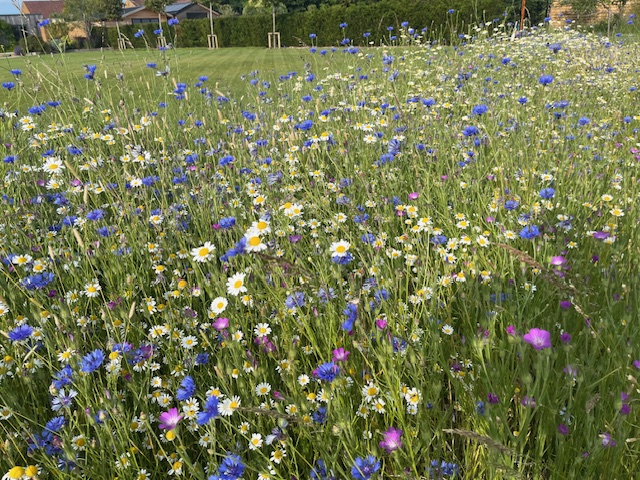
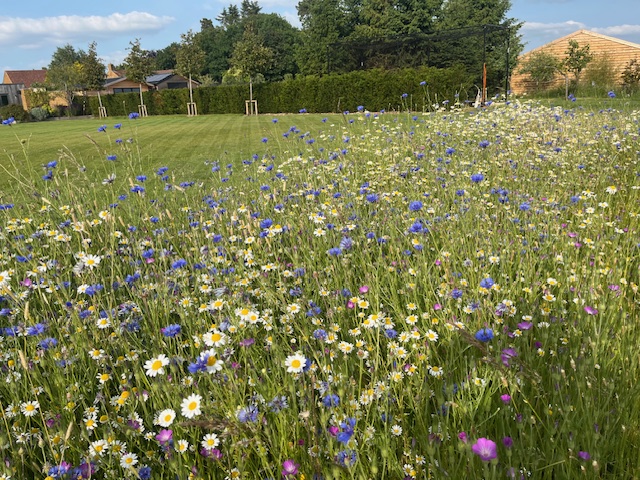
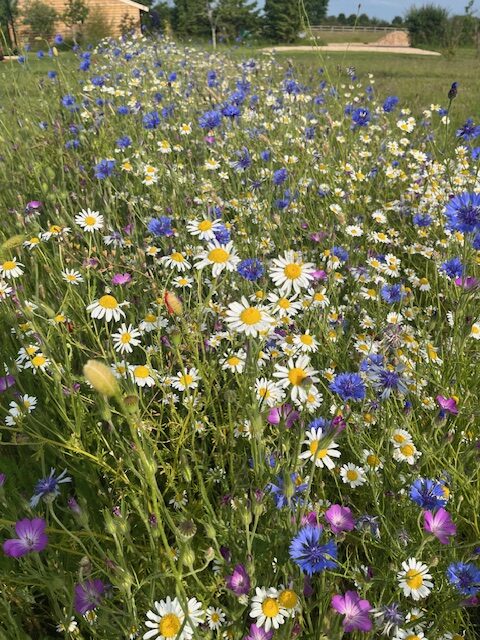
1. Summer Weed Inspection and Control
Before your wildflowers begin to set seed—typically from August into September—inspect the meadow for invasive plants that may have crept in. Common culprits include:
- Docks
- Nettles
- Thistles
- Brambles
These need to be removed before they spread. Ideally, pull them by hand (with roots intact), but for persistent weeds, a weed stick can be used. This allows you to apply weedkiller directly to individual plants without affecting the surrounding wildflowers.
2. Cutting Back at the Right Time
Once most of your meadow plants have flowered and are starting to seed, it’s time to cut the meadow. A strimmer or scythe works well for this, but be sure to set your tool to leave the grass relatively high (around 4–6 inches). This initial cut helps scatter ripe seeds back into the soil.
3. Turn and Dry the Cuttings or Hay
Following traditional haymaking methods, leave the cut material on the surface for around a week. Every few days, use a pitchfork or garden fork to gently turn the cuttings or hay. This helps them dry out and allows more seeds to fall to the soil surface.
4. Thrash and Spread the Seeds
Once the meadow cuttings are dry, they’ll contain lots of ripe seed. To release these:
- Use the back of a garden fork to thrash the material, or
- Run over it with a rotary mower set at its highest setting
This helps separate seeds from husks and ensures an even distribution across your existing meadow.
5. Use Cuttings or Hay to Start a New Meadow
Any remaining dried cuttings can be used to establish wildflower areas elsewhere. Spread them thinly over bare or lightly cultivated soil where grass has been removed. There’s usually enough viable seed to start a new meadow with minimal effort—just ensure good soil contact.
Final Tip: Avoid fertilising your meadow area—wildflowers thrive in nutrient-poor soils, which give them the edge over grasses and weeds.
By following these steps, you’ll not only keep your wildflower meadow looking great year after year but also create new areas of biodiversity that benefit pollinators and other wildlife well into the future.